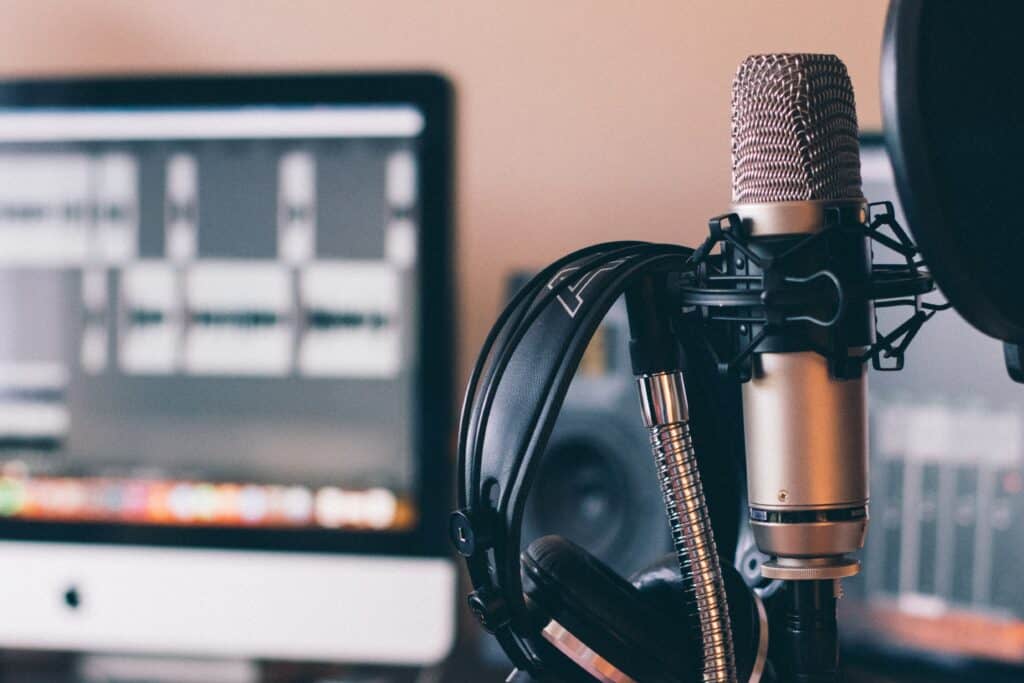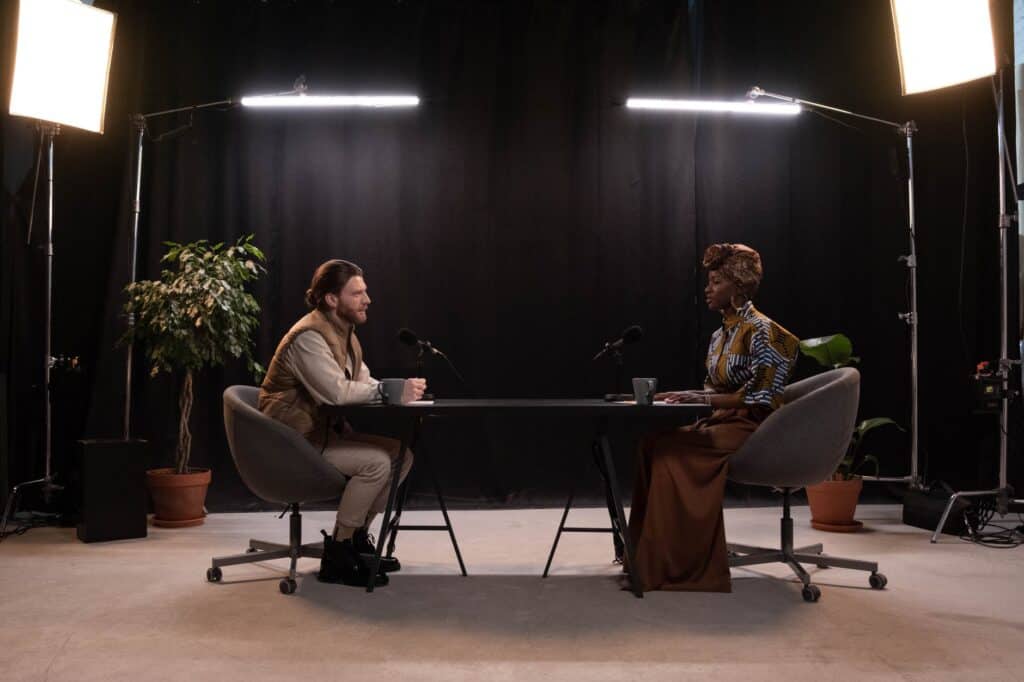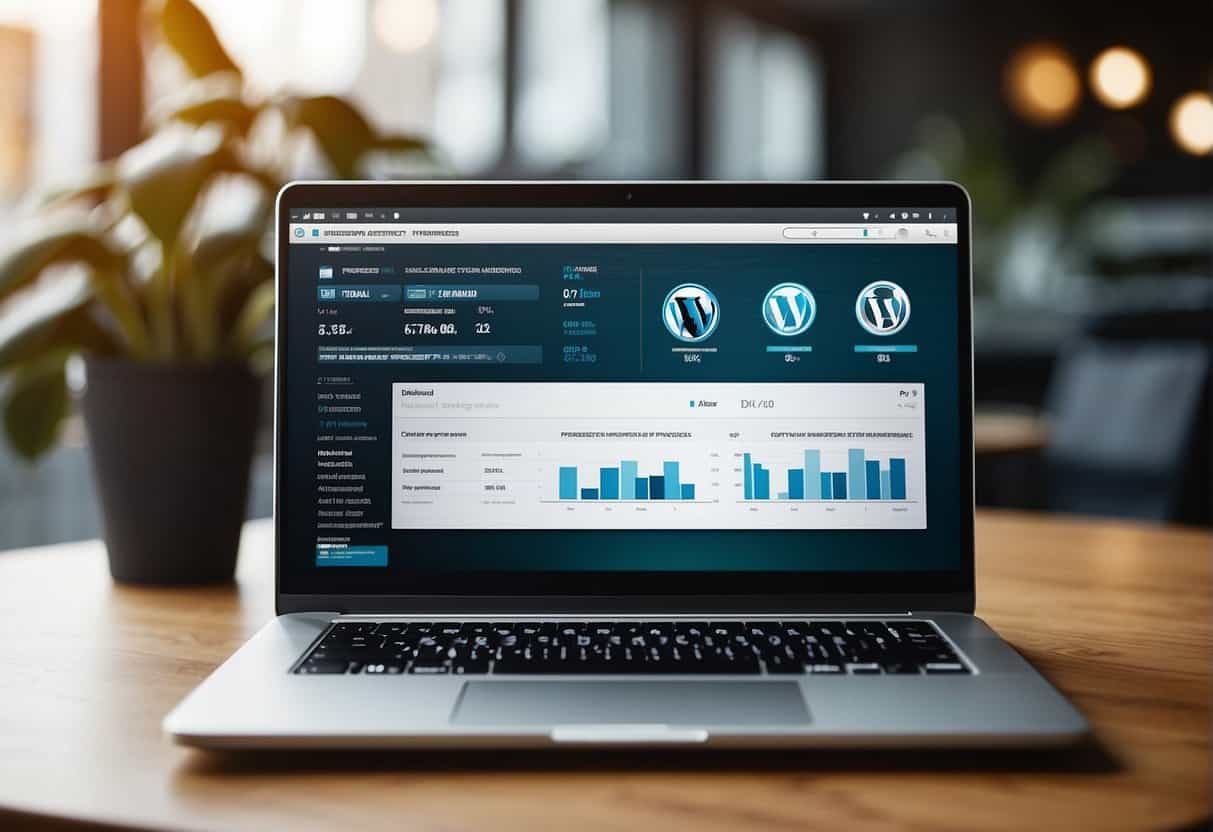
Podcasting is now as big as blogging, so it’s no surprise that so many businesses are embracing this bold new medium to communicate with their audience.
Given the time, money, and energy investment that podcasting necessitates, however, you may be wondering whether it’s really worth pursuing. In GoWP’s opinion, it definitely is.
Why? Because podcasting not only allows you to increase your audience, it also creates a more intimate connection with the listeners. It’s an effective way to gain a loyal following and establish authority in your industry.
This checklist will guide you through the seven-step process of planning and launching a podcast of your very own.
Yes, a podcast will require some effort, but you’ll find that it can be surprisingly straightforward! With a little commitment and a strategic approach, a podcast can quickly become an invaluable business asset.
Stream GoWP’s new Digital Agency Owners Podcast while you scroll the list!
Step 1: Choose a Topic
There are countless podcasts out there, so don’t panic if your topic has already been covered by others. You can still carve out your own niche as long as you bring a unique voice and a fresh perspective.
What’s most important is that you choose a topic you’re passionate about. Otherwise, maintaining your podcast will become a chore.
You should also consider what you want to be known for. This way, your podcast can help you to promote your business. Research your target audience and the kind of information they’d find entertaining or valuable. That knowledge will help you narrow your focus.
Step 2: Choose a Name
Your podcast name should communicate what your podcast is all about.
You might feel tempted to include your name, but unless you’re already well known in your field, this is unlikely to be especially impactful. Instead, find a catchy title that’s clearly connected to your topic.
Check that the name of your podcast is as unique as possible before you settle on it. You’ll also want to buy the domain name for your podcast, so ensure that this is available first.
Choose a name and a domain that’s easily understood when spoken. If it has lots of numbers or hyphens, it is much harder for listeners to locate you.
When you register your podcast, you’ll also be asked to input a host. This is where you can use your name. That way, it’s easily searchable, and you can use it to grow your personal reputation over time.

Step 3: Select a Format
Are you a podcast fan? If you haven’t listened to many yourself, it’s time to get familiar with the range of styles available.
Many podcasts revolve around interviews. This means the host invites different guests to share their wisdom and experience. If you want to involve your network and represent a range of perspectives, this is a great way to do so!
Alternatively, you could opt for a solo format, which allows you to share your thoughts on a range of topics. It’s up to you whether you choose to script your podcast in advance or adopt a more spontaneous approach.
Some hosts prefer to have a co-host that they can riff off. The show then becomes more conversational in nature, which alleviates some of the pressure that a single host might experience.
News shows are also popular. This format will suit you if you want to use your podcast to communicate the latest updates in your industry. With any luck, it will soon become a must-listen podcast amongst your peers!
Step 4: Buy the Right Gear
Thankfully, starting your own podcast doesn’t have to cost a fortune. You should be able to buy everything you need for less than 100 dollars.
The most expensive purchase you will make should be a decent microphone, probably in the $60-70 range. USB and XLR options are available, but USB is considered better for beginners as it requires less equipment to operate.
You’ll also need a pop filter. These soften your hard P sounds, making your podcast much easier to understand and enjoy. A boom arm and a shock mount for your microphone are optional purchases, but you might find them useful in improving your sound quality.
Lastly, you’ll need headphones to stop the sound from leaking out of your speakers, causing an echo. You don’t have to invest in anything top of the range; in fact, the headphones you currently use for listening to music will probably fit the purpose!
Step 5: Find the Right Program
The best recording program will depend on the type of computer you’re using. Quicktime is free with Mac computers, as is Garage Band. The advantage of Garage Band is that it allows you to record and edit in one program.
If you’re using Windows, you can work with Windows Recorder. It’s incredibly simple: all you have to do to get started is press record! Another free tool that works across platforms is Audacity, which is very popular amongst podcasters at the moment.
Give different options a try to see which one feels most comfortable for you.
Step 6: Decide How to Edit
Are you going to edit your podcast yourself? In that case, you should check out programs like Audacity, Garage Band, Logic Pro, and Adobe Audition to find out which one best meets your needs.
However, editing is a time-intensive process. You might instead choose to hire someone to edit your podcast for you. In that case, they’ll be responsible for cleaning up your sound, inserting sponsors, and adding bumper spots at the beginning and end of your recordings.
The cost of hiring an editor will depend on how much cleanup is required and how pristine you want your sound to be. By taking the right precautions during the recording stage, for example, using a shock mount and a pop filter, you may find that it requires relatively little editing.
Step 7: Give Your Podcast a Home
Once you’ve decided to start a podcast, it’s tempting to share the exciting news straight away. However, we’d recommend waiting until you’ve recorded a couple of episodes first. Then, you’ll be sure that you’re committed to the project.
Once you have those episodes ready, you need to decide where to upload them. Don’t restrict yourself to iTunes alone, as that would exclude many people from your podcast.
Platforms like Spotify or Stitcher should also be considered because they can be accessed from all kinds of devices.
Your podcast should also have its own dedicated site. The four things you absolutely need to include are a good domain, reliable hosting, WordPress, and a podcast plugin.
The website will be a central location for your content, and importantly, it will also host your RSS feed. This is required at the uploading stage.
Regarding hosting, it’s recommended that you purchase separate audio hosting services from your site. Why? Because that way, if your site goes down, your podcast doesn’t.
Specialized audio hosting services ensure faster downloads. You’ll also gain access to advanced analytics designed for this particular medium.

Once you’ve followed these 7 steps, you’ll be ready to launch your podcast!
Looking for more information about podcast development? Check out this GoWP webinar with Joe Casabona of Ship Your Podcast.
Remember that GoWP offers an expert community and a range of outsourcing services designed to create happiness for you, your business, and your clients alike.





